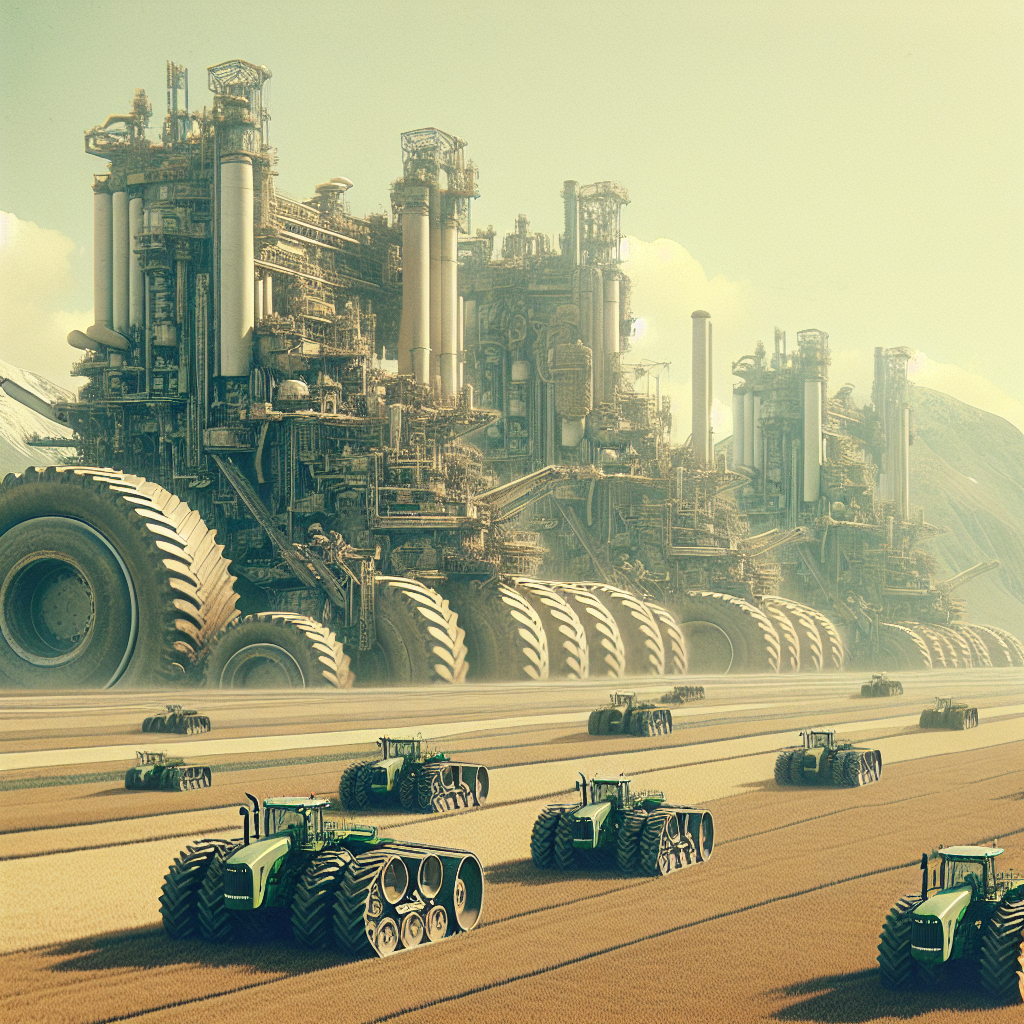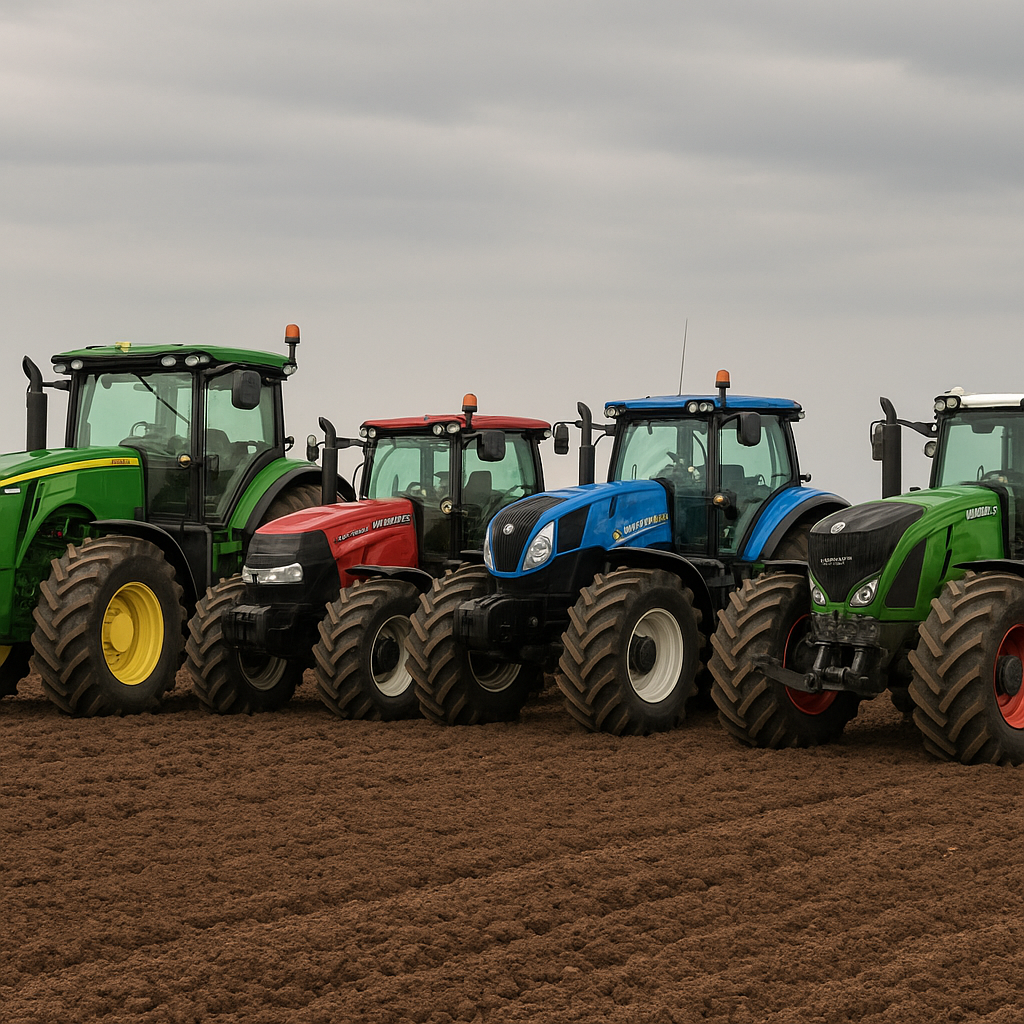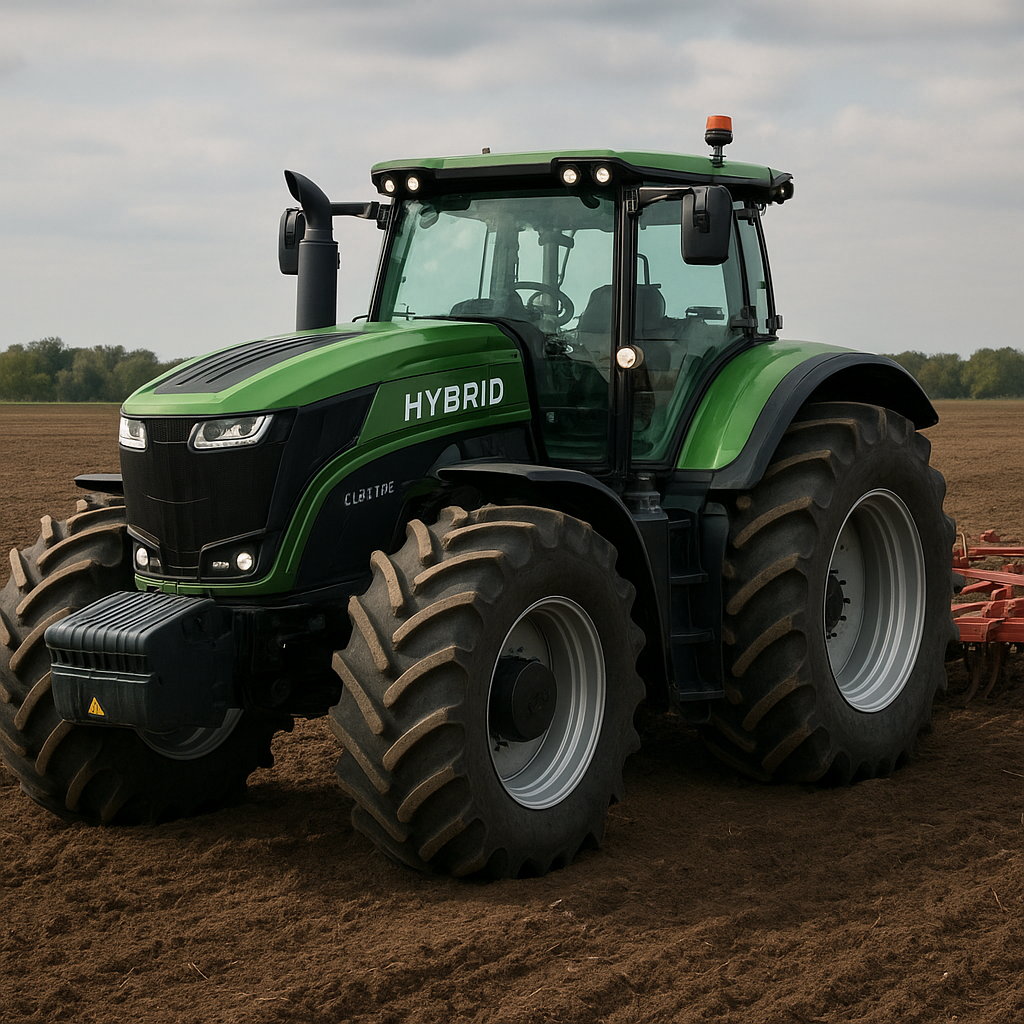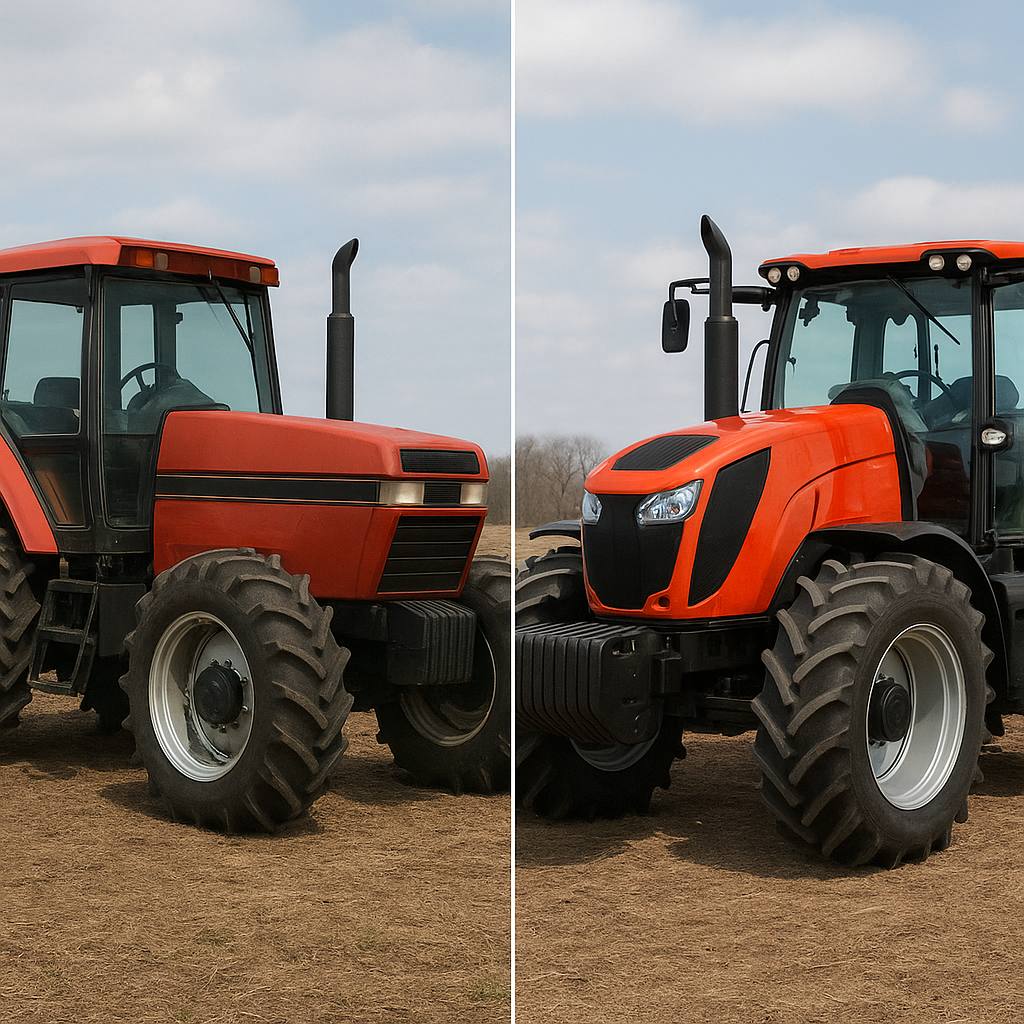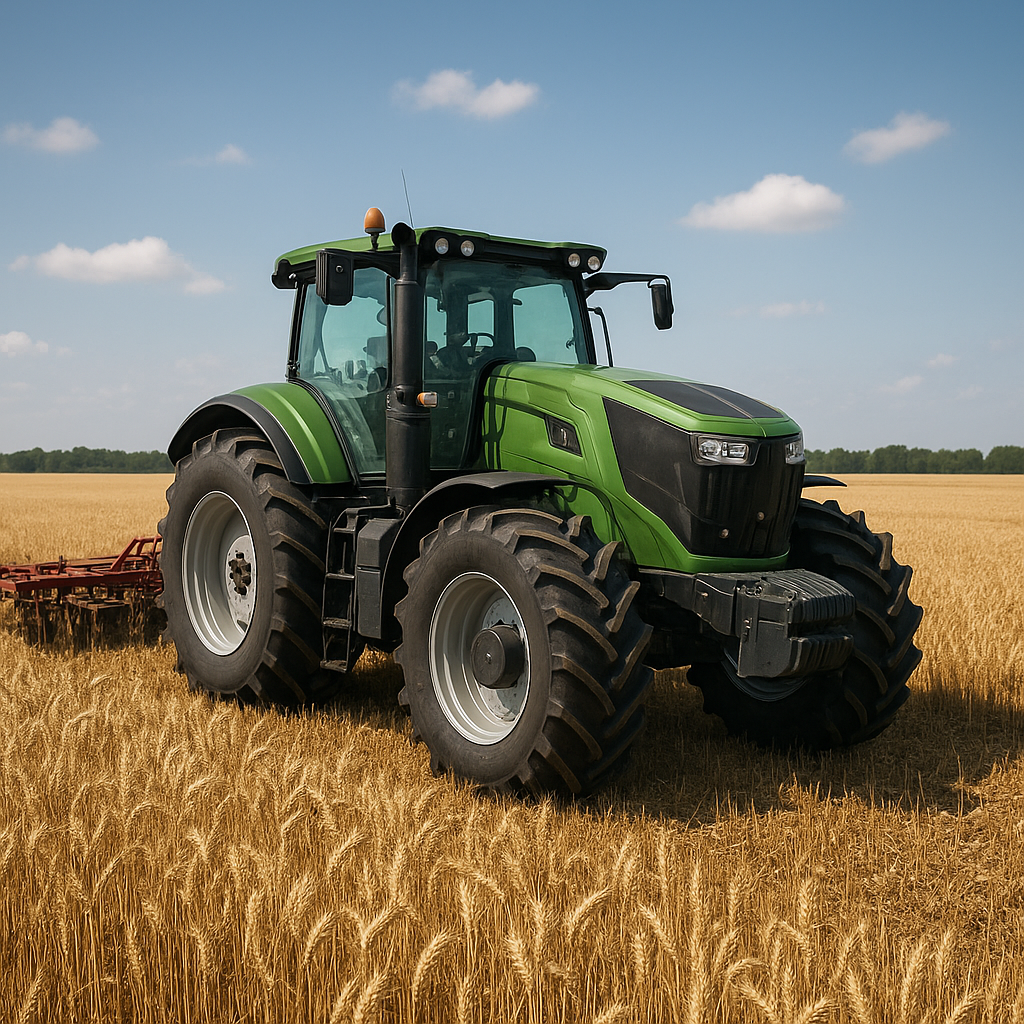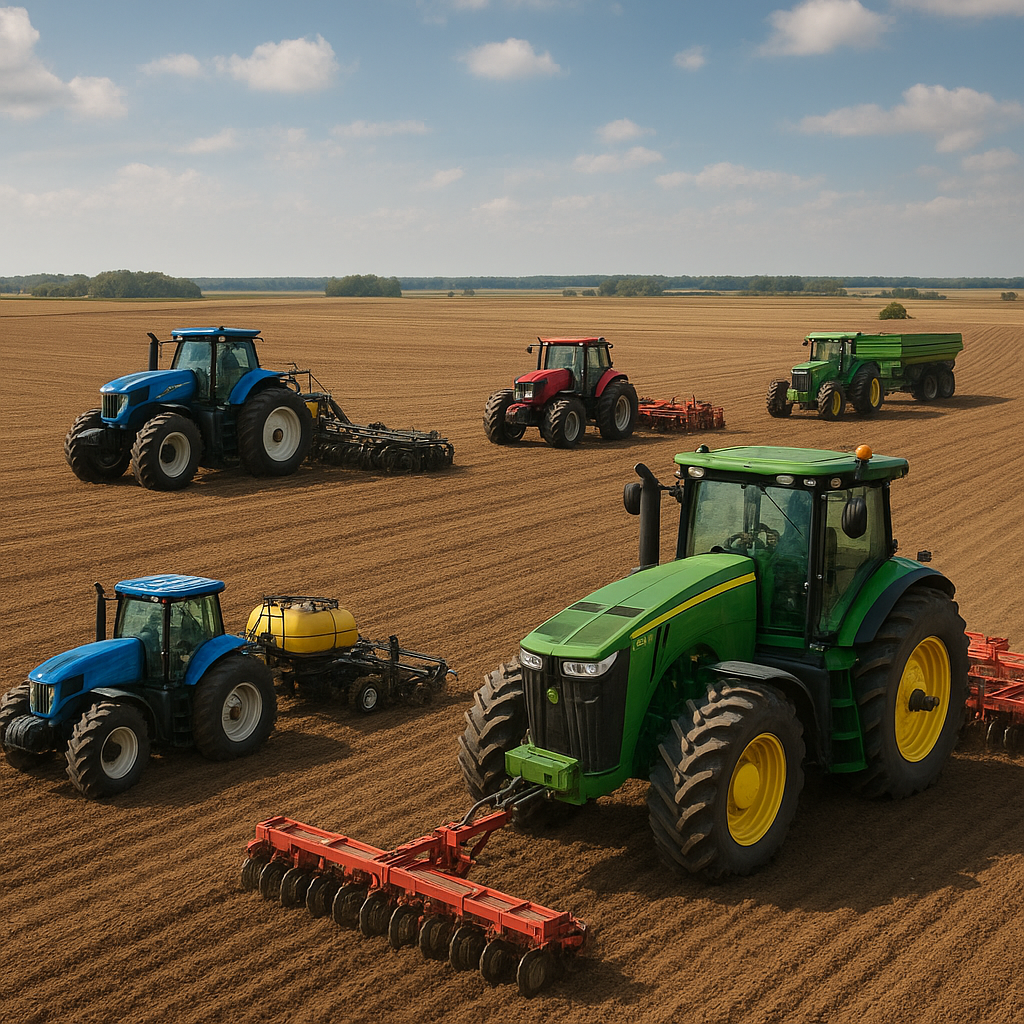Tractors have always been the backbone of modern agriculture, providing the power and efficiency needed to cultivate vast expanses of farmland. Over the years, these machines have evolved significantly, growing in size and capability to meet the demands of large-scale farming. In this article, we will explore some of the biggest tractors in the world, examining their features, capabilities, and the impact they have on the agricultural industry.
History and Evolution of Large Tractors
The journey of tractors from simple, small machines to the colossal giants we see today is a fascinating one. The first tractors, introduced in the late 19th and early 20th centuries, were relatively small and powered by steam engines. These early models were a significant improvement over horse-drawn plows, but they were still limited in terms of power and efficiency.
As technology advanced, so did the design and functionality of tractors. The introduction of internal combustion engines in the early 20th century marked a significant milestone, allowing for more powerful and reliable machines. By the mid-20th century, tractors had become an essential tool for farmers, with manufacturers continually pushing the boundaries of size and power.
In the latter half of the 20th century and into the 21st century, the demand for larger and more powerful tractors grew exponentially. This was driven by the need to cultivate larger areas of land more efficiently, as well as advancements in agricultural practices and technology. Today, the biggest tractors in the world are marvels of engineering, boasting incredible power, advanced technology, and the ability to perform a wide range of tasks.
Top Contenders: The Biggest Tractors in the World
Big Bud 747
When discussing the biggest tractors in the world, the Big Bud 747 is often the first name that comes to mind. Built in 1977 by the Northern Manufacturing Company in Montana, USA, the Big Bud 747 is a true behemoth. It measures 27 feet long, 20 feet wide, and 14 feet tall, and weighs a staggering 100,000 pounds.
The Big Bud 747 is powered by a 16-cylinder Detroit Diesel engine, producing an impressive 1,100 horsepower. This immense power allows the tractor to pull massive plows and other heavy equipment, making it ideal for large-scale farming operations. Despite its age, the Big Bud 747 remains one of the most powerful and iconic tractors in the world.
Case IH Steiger Quadtrac 620
The Case IH Steiger Quadtrac 620 is another giant in the world of tractors. Manufactured by Case IH, a leading agricultural equipment company, the Quadtrac 620 is known for its exceptional power and versatility. It features a 12.9-liter, 6-cylinder engine that produces up to 620 horsepower, making it one of the most powerful tractors on the market.
One of the standout features of the Quadtrac 620 is its unique track system. Unlike traditional wheeled tractors, the Quadtrac 620 uses four independent tracks, providing superior traction and stability on a variety of terrains. This makes it particularly well-suited for challenging farming conditions, such as wet or uneven fields.
John Deere 9620RX
John Deere is a name synonymous with quality and innovation in the agricultural industry, and the 9620RX is a testament to the company’s commitment to excellence. The 9620RX is one of the largest and most powerful tractors in John Deere’s lineup, featuring a 13.5-liter, 6-cylinder engine that delivers up to 620 horsepower.
Like the Case IH Quadtrac 620, the John Deere 9620RX utilizes a track system for improved traction and stability. The tractor’s advanced technology, including precision farming tools and automated steering, allows farmers to maximize efficiency and productivity. The 9620RX is designed to handle the most demanding farming tasks, making it a valuable asset for large-scale agricultural operations.
Technological Advancements in Modern Tractors
The biggest tractors in the world are not just about size and power; they also incorporate cutting-edge technology to enhance their performance and efficiency. Modern tractors are equipped with a range of advanced features, including GPS guidance systems, automated steering, and precision farming tools.
GPS guidance systems allow tractors to navigate fields with incredible accuracy, reducing overlap and ensuring that every inch of land is utilized effectively. Automated steering systems further enhance efficiency by allowing tractors to follow precise paths without human intervention. This not only saves time but also reduces operator fatigue and improves overall productivity.
Precision farming tools, such as variable rate technology and yield mapping, enable farmers to optimize their use of inputs like seeds, fertilizers, and pesticides. By applying these inputs more precisely, farmers can reduce waste, lower costs, and improve crop yields. These technological advancements are transforming the agricultural industry, making it more sustainable and efficient.
The Future of Large Tractors
As the demand for food continues to grow, the need for large, powerful tractors will only increase. Manufacturers are continually pushing the boundaries of what is possible, developing new models that are even more powerful, efficient, and technologically advanced.
One area of focus is the development of autonomous tractors. These self-driving machines have the potential to revolutionize farming by allowing for 24/7 operation without the need for human intervention. Autonomous tractors can perform a wide range of tasks, from planting and harvesting to soil preparation and crop monitoring. By reducing the reliance on human labor, these machines can help address labor shortages and improve overall efficiency.
Another area of innovation is the use of alternative fuels and energy sources. As concerns about climate change and environmental sustainability grow, manufacturers are exploring ways to reduce the carbon footprint of tractors. This includes the development of electric and hybrid models, as well as the use of biofuels and other renewable energy sources.
The future of large tractors is undoubtedly exciting, with new advancements and innovations on the horizon. As these machines continue to evolve, they will play an increasingly important role in meeting the world’s growing food needs and ensuring the sustainability of our agricultural systems.
Conclusion
The biggest tractors in the world are truly remarkable machines, combining immense power with advanced technology to meet the demands of modern agriculture. From the iconic Big Bud 747 to the cutting-edge John Deere 9620RX, these giants of agriculture are essential tools for large-scale farming operations.
As technology continues to advance, we can expect to see even more impressive tractors in the future. Whether through the development of autonomous machines, the use of alternative fuels, or the incorporation of new precision farming tools, the future of large tractors is bright. These innovations will help farmers increase efficiency, reduce costs, and ensure the sustainability of our agricultural systems for generations to come.
